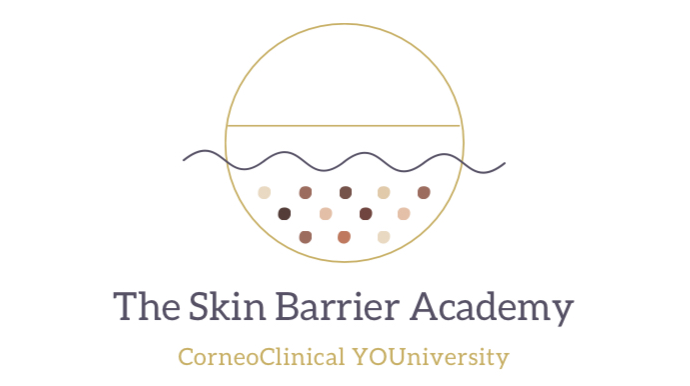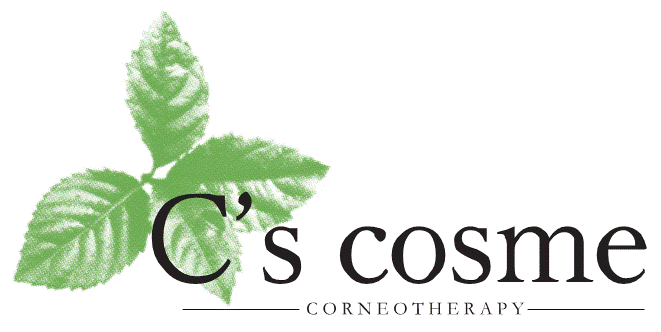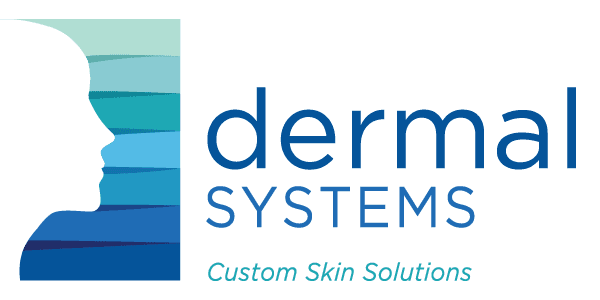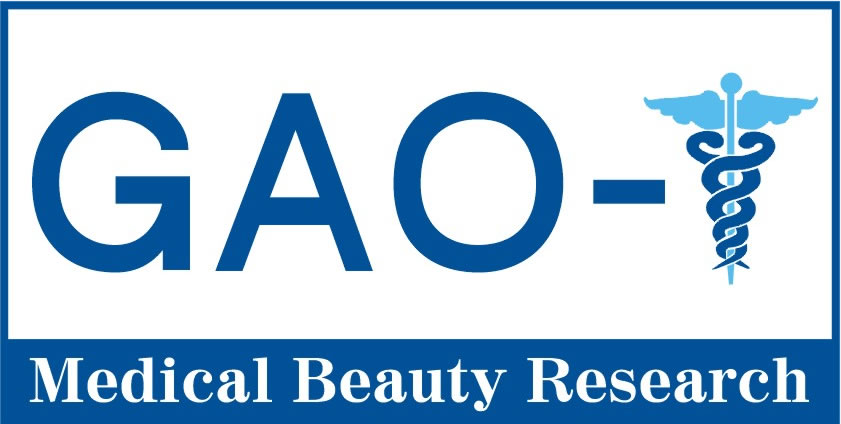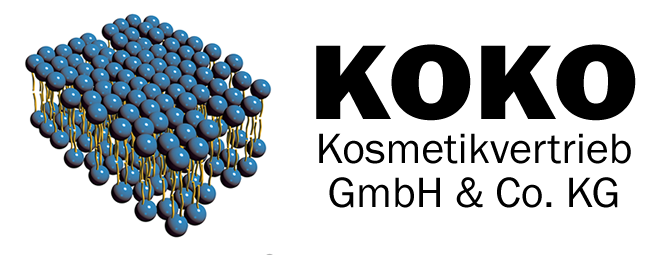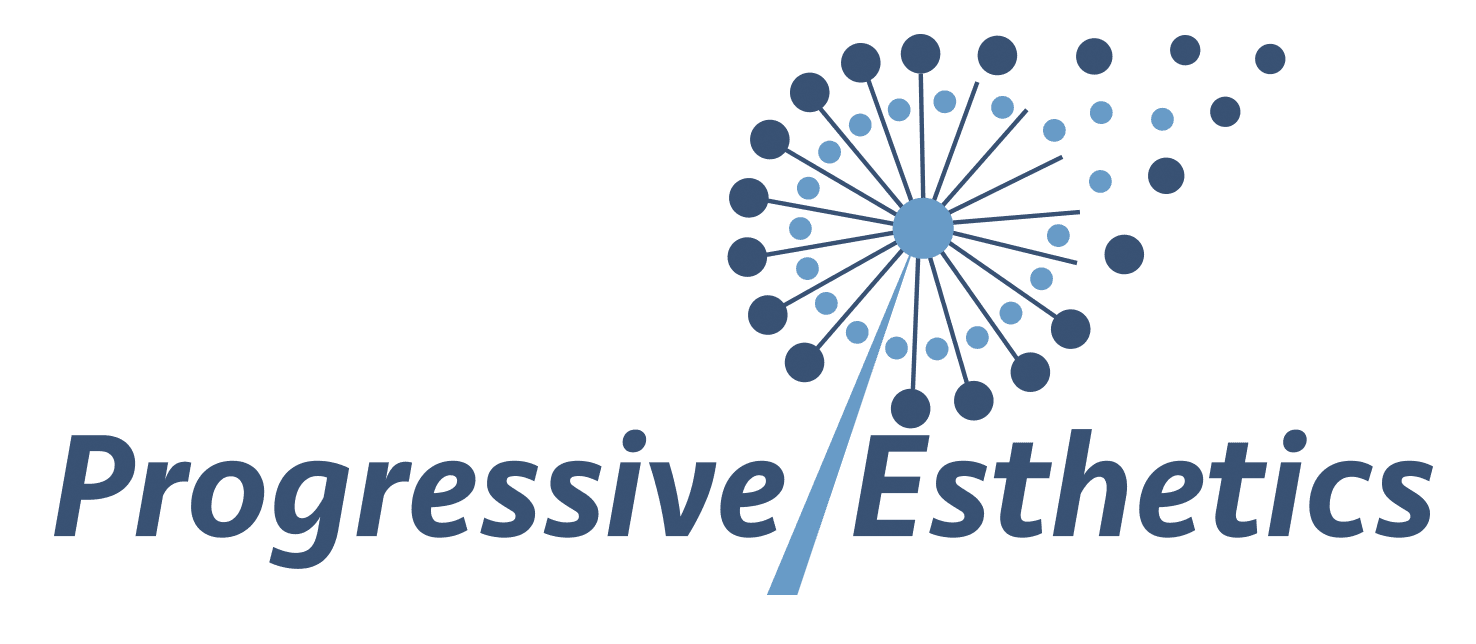The skin is a complex and highly effective organ. The stratum corneum layer, although apparently inactive in biological terms, still accomplishes metabolic services, for instance through the activity of enzymes. Among them are lipases which can cleave the triglycerides of exogenously applied lipids and oils into di- and mono-glycerides as well as glycerine and fatty acids, but also proteases are present which procure the supply of amino acids for the formation of the NMF (Natural Moisturizing Factor) from proteins.
The NMF hydrates the skin and simultaneously acts as a natural radical scavenger of the skin as it eliminates the atmospheric nitrogen oxides, among others. This metabolic activity partly is a consequence of the dense population of microorganisms and their enzymes on the skin surface. The symbiosis of stratum corneum layer and microflora is in a fragile balance and very significant for healthy skin.
Topically applied pharmaceutical drugs, hygienic- and cosmetic products (skin protection, skincare) affect the resident microorganisms of the skin flora, a.k.a. skin microbiome. The causal relations among others in combination with preservatives but also antioxidants and complexing agents in the preparations still are largely unknown. Physiological and microbiome-compatible components will play an increasingly important role in future.
 Specific cosmetic additives have synergistic or also disadvantageous effects on the skincare- and environmental features of the product. Just to mention a few examples: penetration-enhancing substances increase the availability of active agents; preservatives affect the skin flora; fragrances have allergenic potential; other cosmetic additives are non-degradable either in physiological or in environmental-biological aspects.
Specific cosmetic additives have synergistic or also disadvantageous effects on the skincare- and environmental features of the product. Just to mention a few examples: penetration-enhancing substances increase the availability of active agents; preservatives affect the skin flora; fragrances have allergenic potential; other cosmetic additives are non-degradable either in physiological or in environmental-biological aspects.
Cosmetic additives can even be efficacious active agents – such as native phosphatidylcholine (with unsaturated fatty acids) used to produce liposomes and nanodispersions. Hydrogenated phosphatidylcholine (PC-H) with saturated fatty acid allows for lamellar creams with planar bilayers that are in physical-chemical respect very similar to the barrier layers of the stratum corneum.
In order to ensure high availability and efficacy at the targeted point of action, cosmetic active agents have to penetrate into and possibly also permeate the skin barrier (e.g. vitamins). Examples of physiological active agents that integrate into the natural metabolism are the following:
(1) Anti-inflammatory active agents
• 15-lipoxygenase substrates – ω-3 and ω-6 fatty acids such as linoleic acid, γ-linolenic acid and α-linolenic acid. The metabolites of essential fatty acids originating from the natural 15-lipoxygenase activity of the body have anti-inflammatory effects.
• Protease inhibitors – boswellic acids inhibit proteases.
• Macrophage-activating substances – phosphatidylserine activates the immune system.
(2) Regenerative active agents
• Retinoids – among others, stimulate growth factors: vitamin A (retinol) and ester, retinal (aldehyde), provitamin A (β-carotene und carotenoids). The effective metabolite is vitamin A-acid—use: skin tightening, blemished skin (acne).
• Vitamin B range – among others, stimulation of growth factors. Examples: vitamin B3 (niacinamide: anti-inflammatory in the case of blemished skin resp. acne), provitamin B5 (D-panthenol: irritated skin, soreness)
• Vitamin E improves the epithelialisation and the moisture-retaining capacity of the skin.
• Sphingosine-1-phosphate – inhibition of keratinocyte proliferation: skincare in the case of psoriasis.
• Zinc salts participate in the formation of oxidoreductases such as superoxide dismutase (SOD).
• Isoflavonoids – phytohormones, bonding to local estrogen receptors.
• Gamma-linolenic acid – in the case of delta-6-desaturase enzyme defects (atopic skin).
• Hyaluronic acid, N-acetyl-glucosamine as well as skin tightening saponins are often contained in products advertised for anti-aging purposes.
(3) Protective active agents
• Barrier active components such as long-chained fatty acids, cholesterol and phytosterines, ceramides, hydrogenated phosphatidylcholine (PC-H), Squalene. On top of that additional lipids in the form of triglycerides and wax esters.
• Linoleic acid – ceramide I substrate (important for the elasticity of the skin barrier).
• Moisturisers such as glycerine, glycols, urea, and amino acids of the NMF, mineral salts and topically active filming polysaccharides which are permeable to water vapour such as hyaluronic acid and alginates. Amino acids of the natural moisturizing factor (NMF) are natural radical scavengers.
• Antioxidants: the vitamins A, E, and C, isoflavonoids, polyphenols and derivatives in appropriate (!) concentrations. Strong antioxidants are counterproductive in cases where healing and pigmentation processes are occurring as they are radical (!) processes.
• Tyrosinase inhibitors suppress the melanin formation – frequently antioxidants, applied to prevent hyperpigmentation. Liposomal ascorbyl phosphate (alias vitamin C phosphate) inhibits the pigmentation during laser treatments and stimulates collagen formation.
Metabolism and care of the skin are very complex subject matters and its understanding requires high interdisciplinary knowledge in biology, biochemistry and chemistry. Sustainable skincare takes this into account and largely avoids counterproductive non-physiological components.
Dr Hans Lautenschläger

